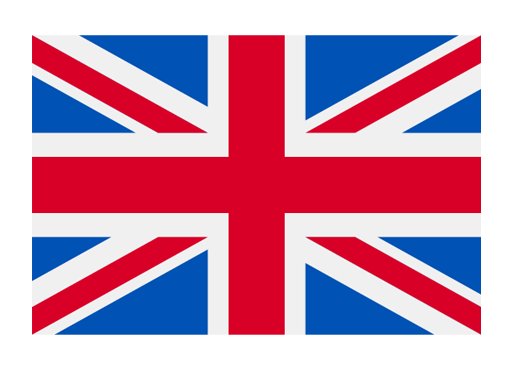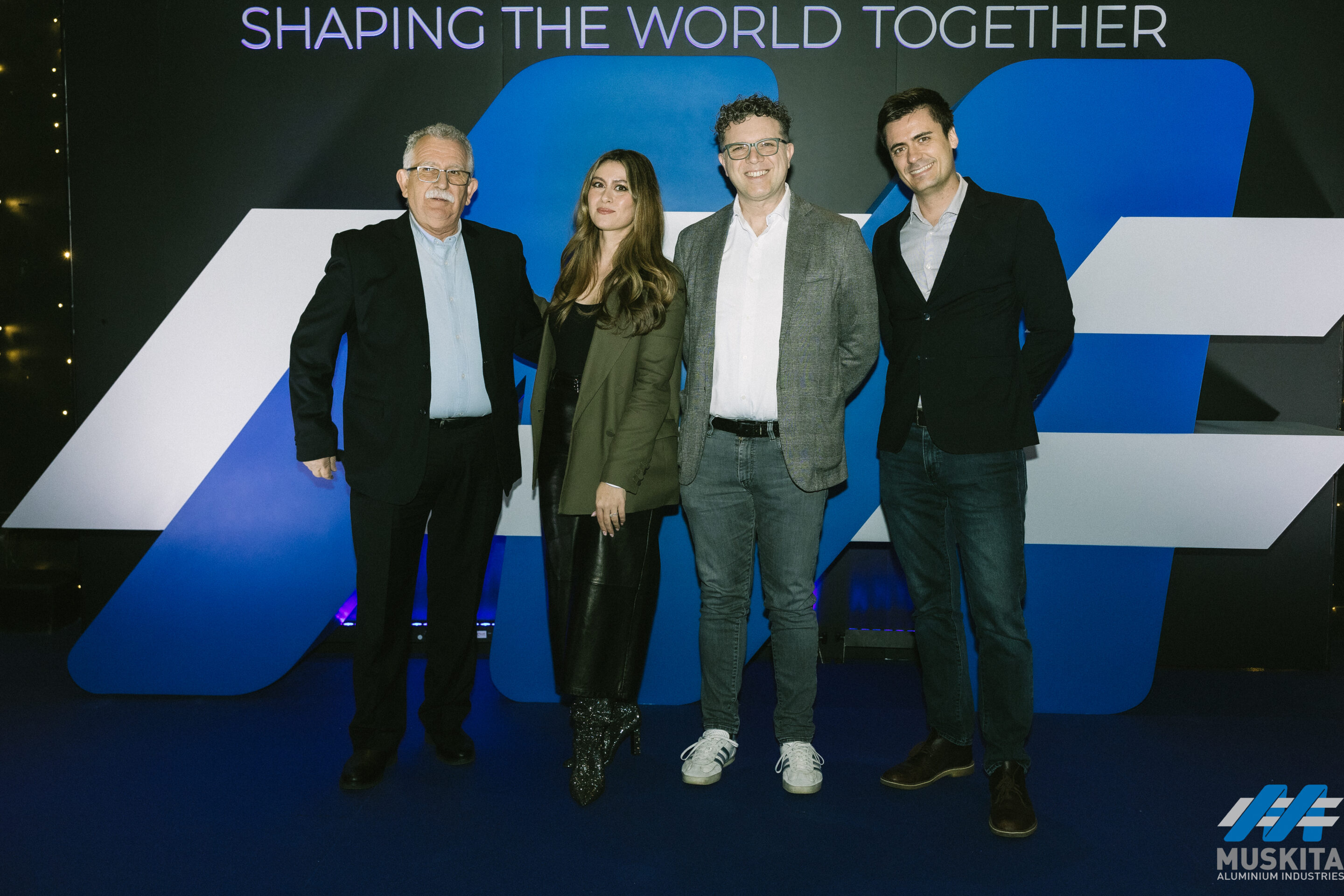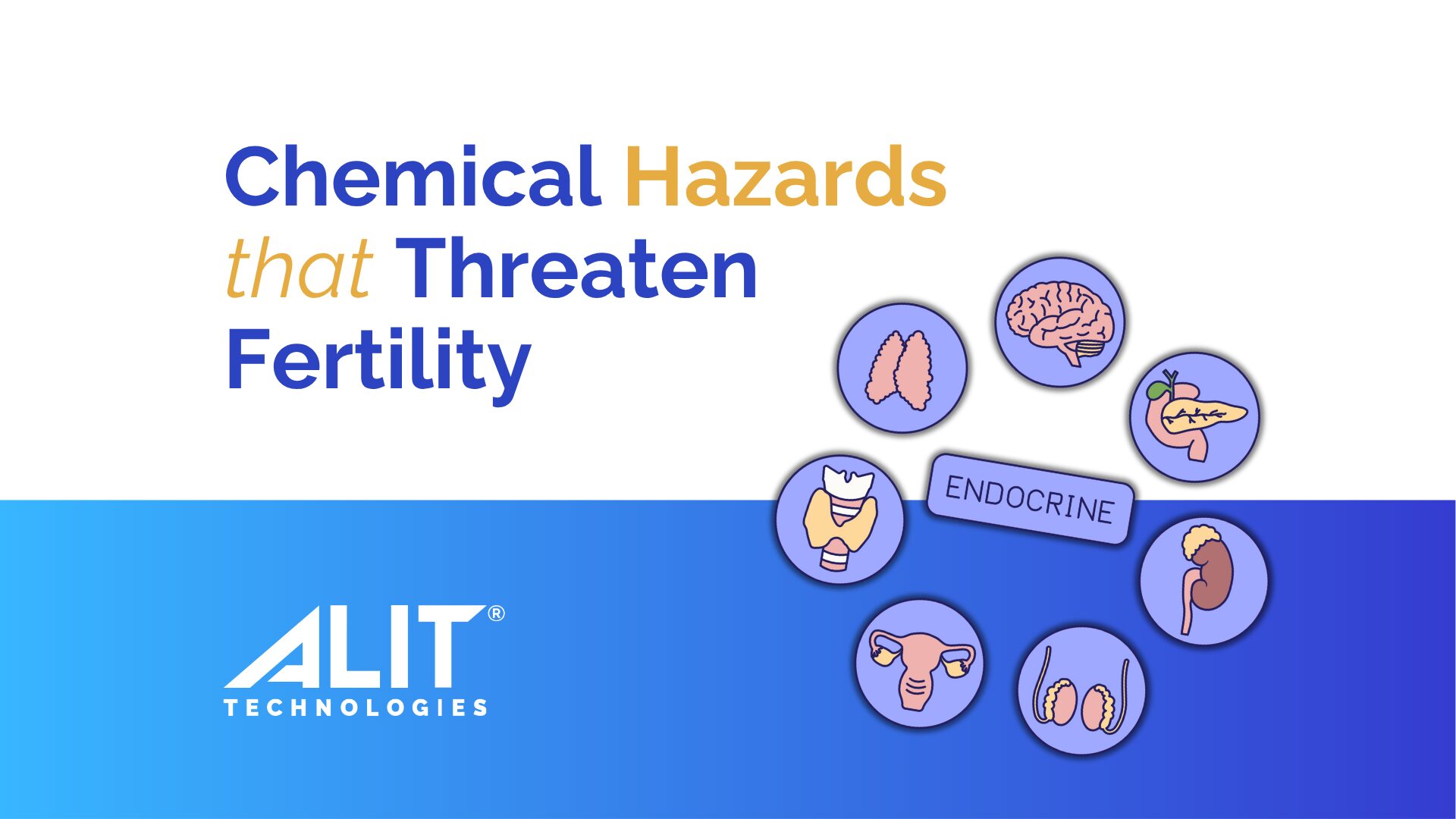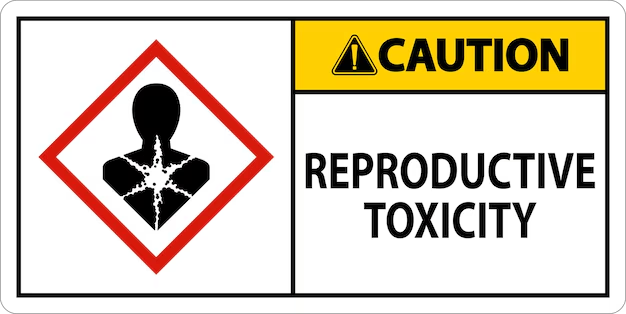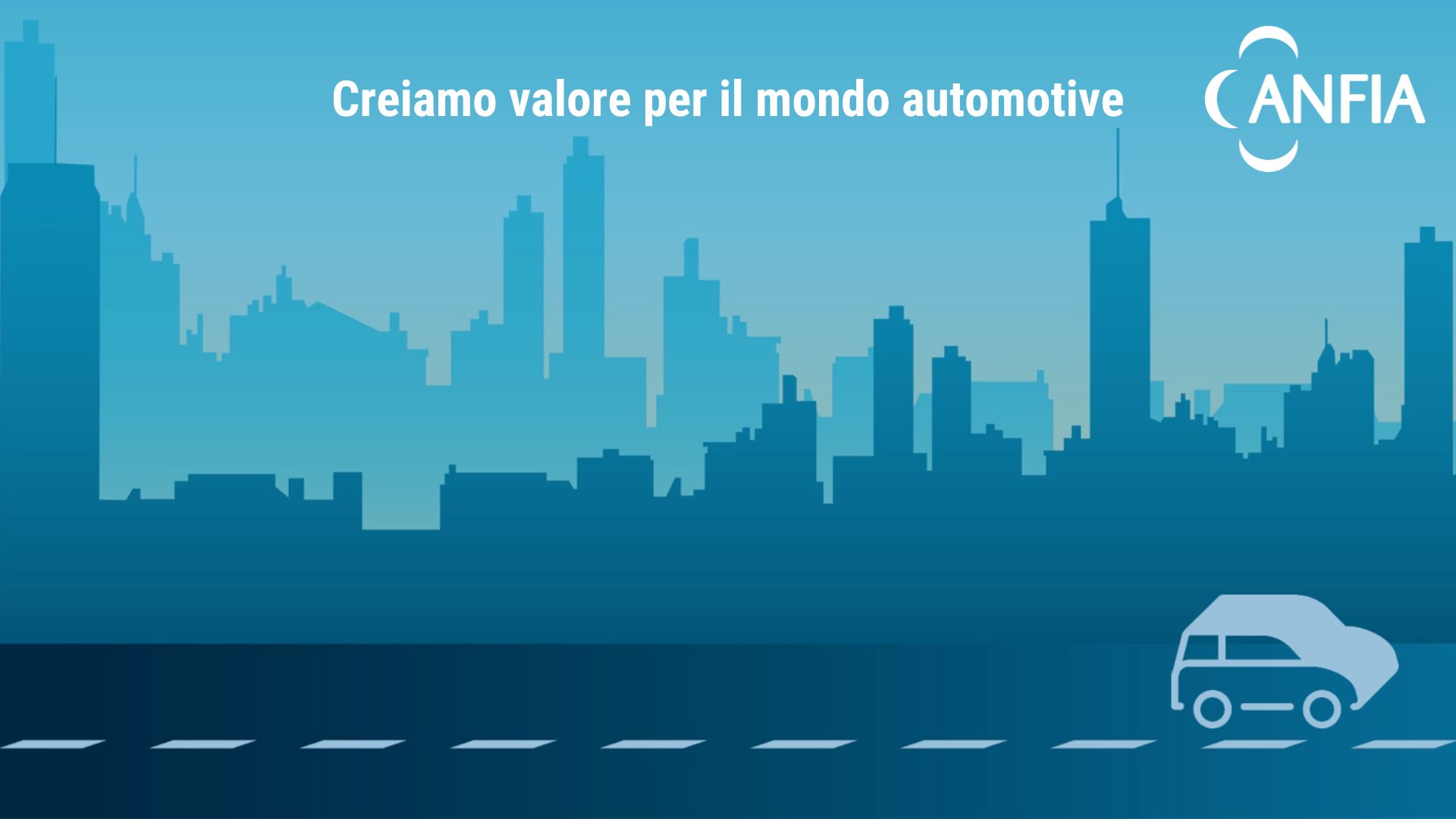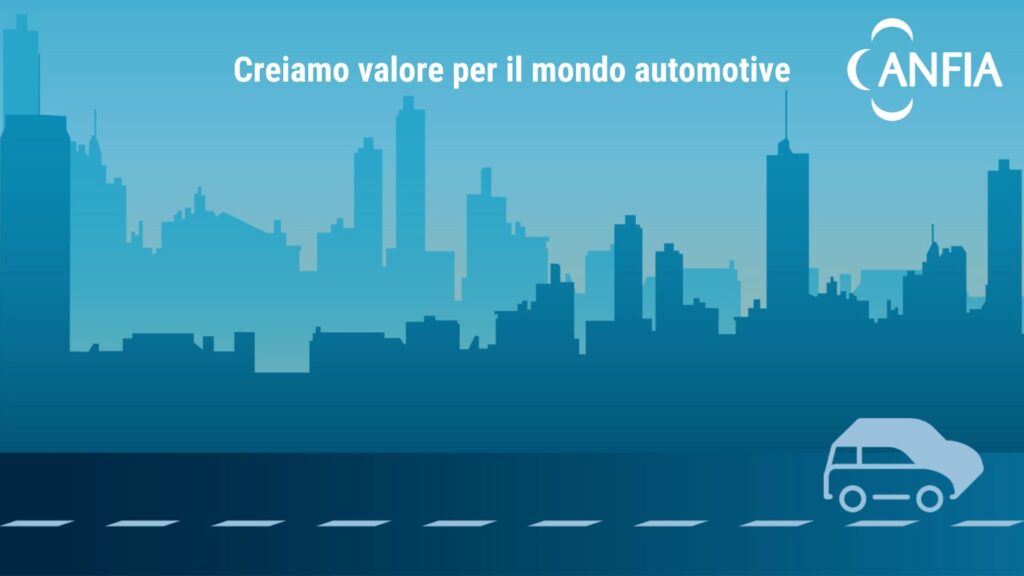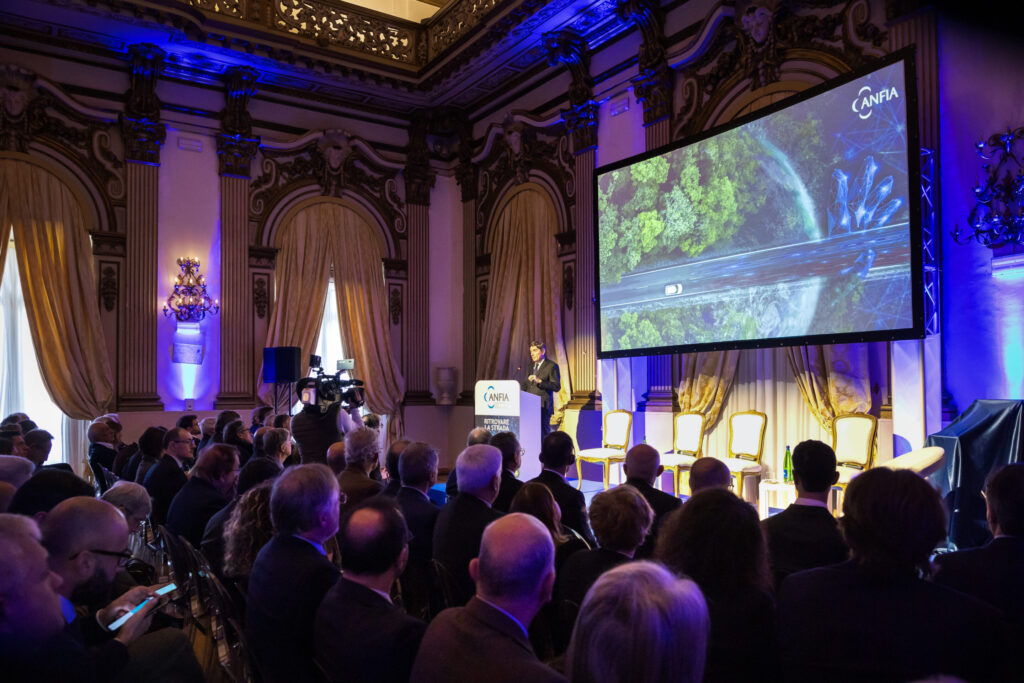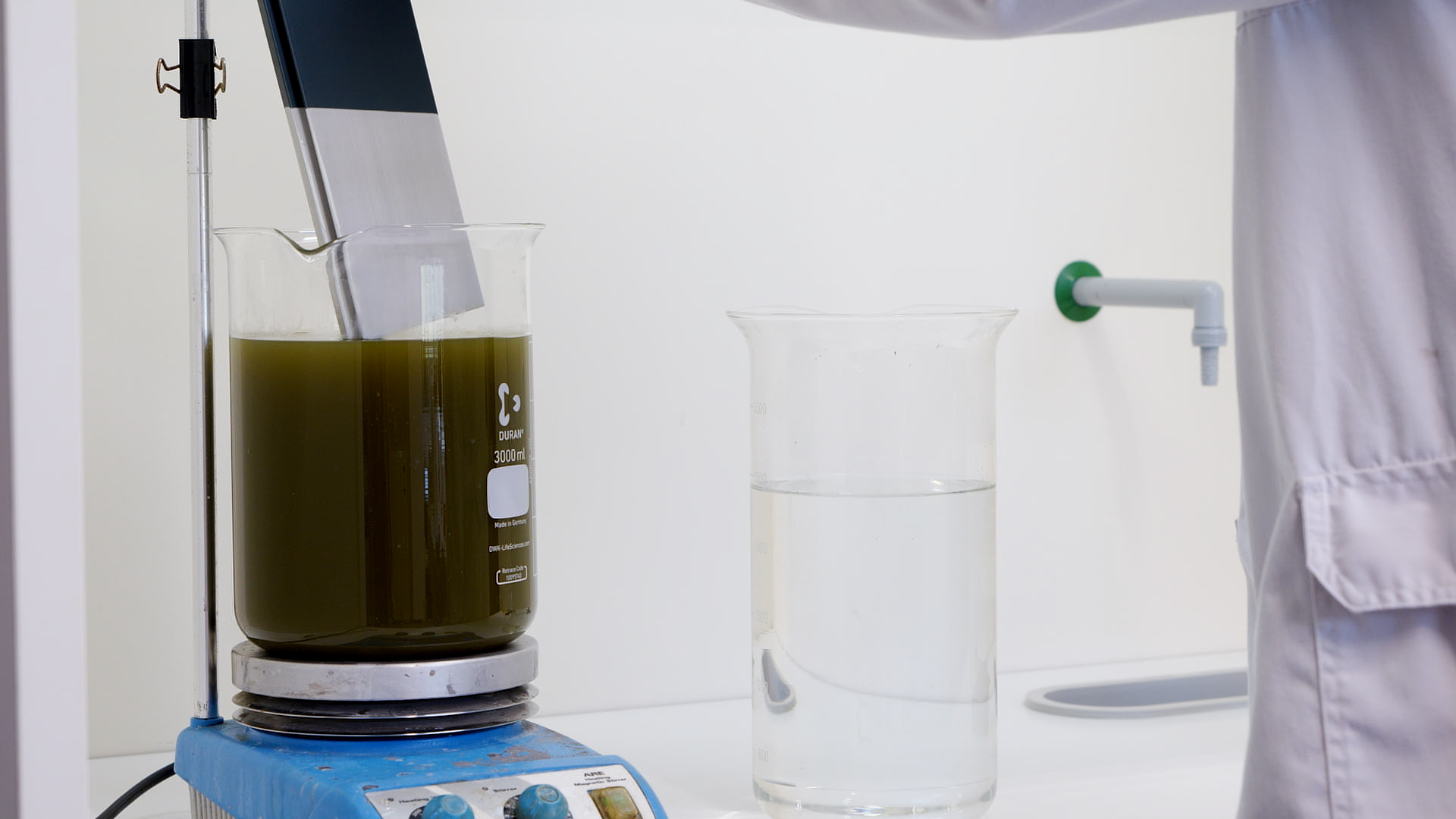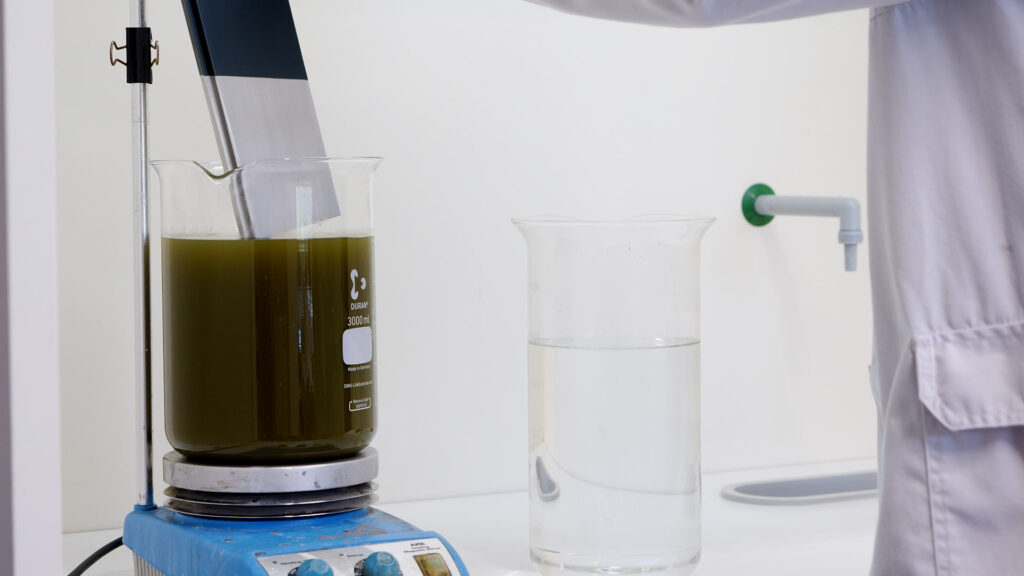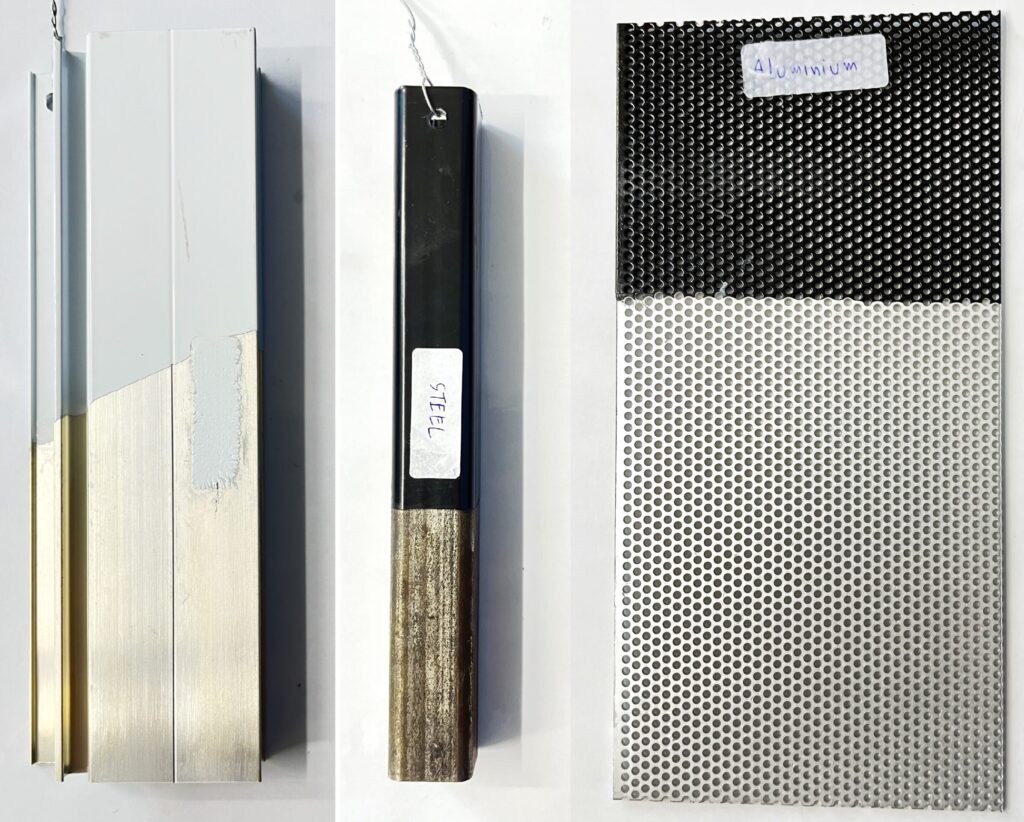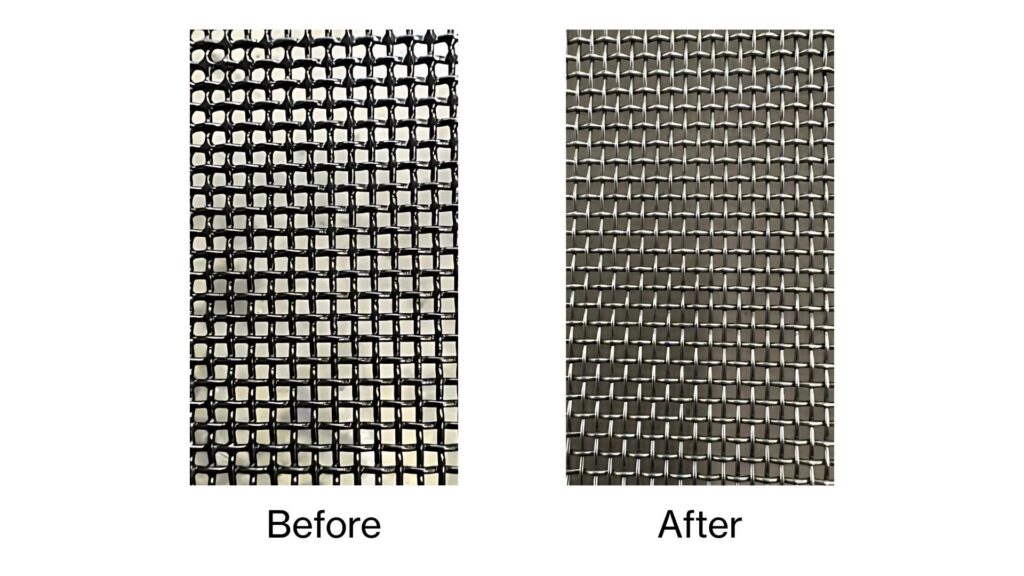Some collaborations begin with technical needs and grow into something much deeper. Relationships that go beyond work, nurtured by trust, respect, and human connection. The story between ALIT and MUSKITA is one of these.
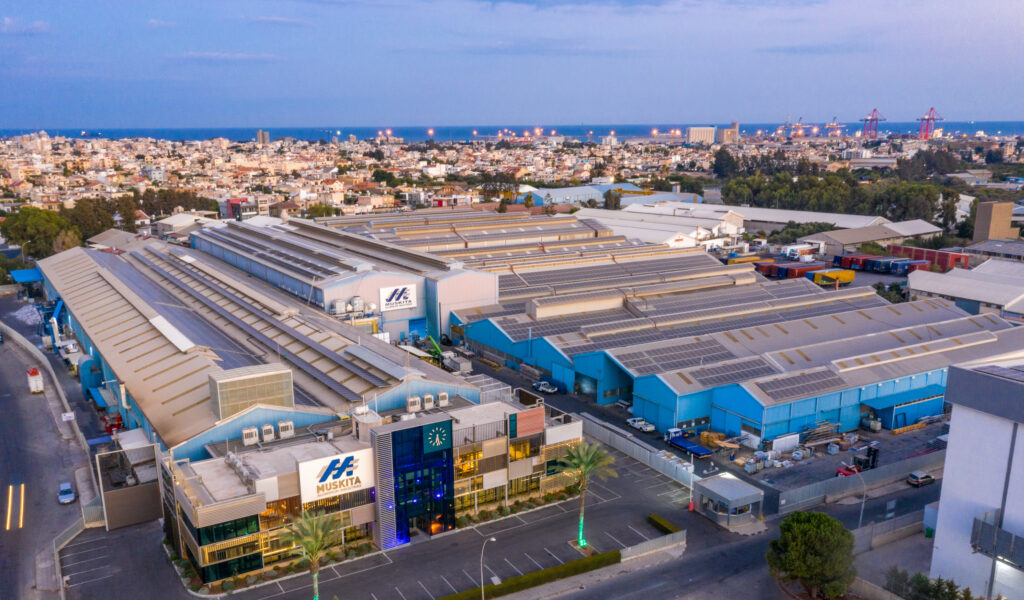
It all started in 2005, when MUSKITA, a Cypriot leader in the production of aluminum profiles, launched a new vertical coating line. That’s when Loris stepped in, then Director of Alufinish Italy. From the very beginning, he worked closely with Andreas, then Production Director at MUSKITA, laying the foundation for a relationship built on technical collaboration and mutual understanding. His role was to support MUSKITA in selecting and applying the best chemical solutions for aluminum surface treatment. But that initial meeting, born from technical needs, turned out to be the beginning of something far greater.
Over time, that support turned into a steady presence. Phone calls were no longer just about solving problems, they became opportunities to share ideas, face challenges, and build a common path. Open dialogue, mutual respect, and a shared approach to work: serious, but always human. Trust grew day by day, revealing that behind every solution there was more, a shared vision.
Technical visits became meetings between friends. Conversations were open and sincere. Every request became a chance for improvement. And when Andreas retired, the bond did not fade. On the contrary, it became even more evident how valuable it was. A relationship forged through shared experiences, jointly resolved challenges, and a human connection that went beyond roles. Andreas also highlighted the importance of ALIT’s training center, a space where knowledge is shared, not just products. A partner, he said, that delivers real solutions and long-term technical support, helping others grow alongside them.
A few months ago, MUSKITA decided to celebrate exactly this spirit with a major event. The evening was organized to thank those who had accompanied the company on its journey through the years. A heartfelt celebration where professionalism gave way to emotion. And ALIT was there. Loris was there, alongside Alberto, the new sales representative for Cyprus, chosen by Loris for his deep understanding of the company’s values and his ability to carry the relationship forward. A symbolic passing of the torch, with Andreas bidding farewell to his company and Loris entrusting Alberto to continue a path that had begun years earlier. A smooth generational and professional transition, in perfect harmony.

Amid toasts, smiles, and a few steps of Greek dancing, the evening captured one of those rare, unforgettable atmospheres. The kind that doesn’t happen by chance, but is built patiently, with respect and trust. The kind of evening when you realize that work can lead to something greater. Where the line between client and partner fades, giving way to a true alliance.
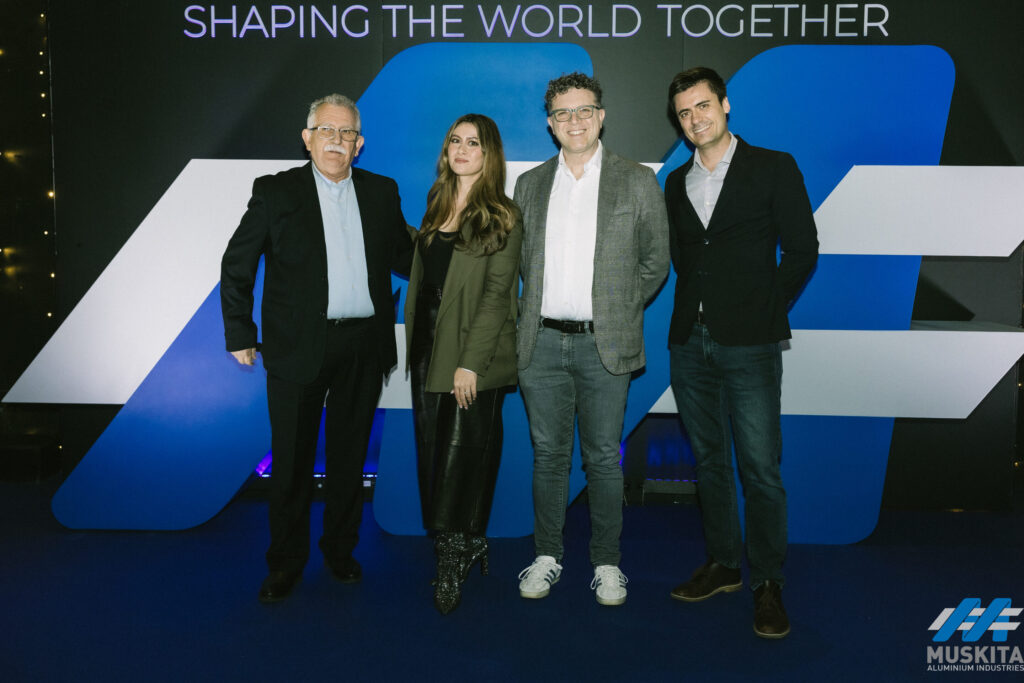
Today, MUSKITA is facing new challenges and opportunities. And we at ALIT are ready to continue alongside them, with the same passion, dedication, and collaborative spirit that brought us this far. With a renewed commitment to preserving the continuity that has always connected us. As Andreas pointed out, it is precisely this continuity that makes the relationship so special, even as roles change, the bond has remained strong and genuine.
If we had to describe this transition in one word, it would be continuity, the steady thread that links past, present, and future.
Because to us, a client is never just a client. They are someone with whom we build something that lasts.
Something that, at times, becomes a true and lasting friendship.
When a client becomes a friend.

